Methanol can enter the historical stage of our country because of the crisis of shortage of energy in China. This chemical product, which is linked to the national energy security, has thus been given a special status and has become a "quasi-strategic commodity." Therefore, there is a strategic plan for 45 million tons/year of methanol during China’s “Eleventh Five-Year Plan†period associated with this symbol, and the concern about overcapacity.
If methanol is widely used as an alternative fuel, the overcapacity of methanol will be the past.
Calculating only the demand for alternative civilian fuels, China's annual demand for dimethyl ether to replace imported liquefied gas will reach 5 to 10 million tons, and its demand for methanol will reach 700 to 14 million tons. And this figure is growing at a rate of 7% every year. Calculated based on the demand for automotive alternative fuels. With a blending ratio of 15%, 7 million tons of methanol will be formed each year in the country. This demand will also increase with the increase in the number of cars in China.
Let the methanol companies see the hope that the development of alternative energy has been referred to the height of the national strategy. This also means that this process will be closely linked with the support of national policies. This link also gives methanol production companies an unprecedented strategic space - without government policy support, companies want to survive and develop in this space will become very difficult. After all, China's existing energy supply system is already in place, and a slight change in the highly monopolized market structure will pay a staggering cost, far beyond what an enterprise can afford.
Mr. Sun Mao, president of Shanxi Wharton Industrial Group, has personal experience. As an early operator engaged in the development and production of methanol fuel, Sun Maohua's resistance does not come from technology, nor does it come from the market. It is the government's promotion and implementation of preferential policies.
The methanol gasoline produced by Sun Maohua gave many people a worry in the early stage of the experiment: insufficient power, damage to the car engine, and damage to the eyes. In fact, with the improvement and breakthrough of technology, these problems have been solved. In this link of sales, the reporter found that methanol gasoline has not been widely recognized in society. In Taiyuan, Shanxi, local taxi drivers are not enthusiastic about methanol gasoline and are always skeptical. At gas stations, there are not many users who add methanol gasoline.
Sun Maohua also has his own hardships. According to the production cost, only M15 (15% blended) methanol gasoline can be 12% cheaper than 90# gasoline, and the higher the ratio, the cheaper the price. However, at present, the pricing power of methanol gasoline is not in the hands of companies themselves and is currently equivalent to gasoline prices. As an alternative energy source, the economical nature of methanol gasoline has not been reflected. Without the publicity and education role of government opinion, it is not easy for the people to really accept methanol gasoline ideologically.
Shandong Jiutai, a dimethyl ether producer, has similar problems with Sun Maohua. As a civilian fuel and automotive fuel, dimethyl ether has broad prospects. None of the relevant industry standards is currently available. Although related work is also done, efficiency cannot keep up with the needs of the company's development. According to the reporter's understanding, the standard of dimethanol as a civilian fuel will soon be introduced, but its use as a vehicle fuel standard is still being explored. Some experts said that dimethyl ether, as an automotive fuel, does not even need to be disposed of, and its emissions can meet Euro 3 standards. Its economy and environmental protection have achieved a harmonious unity.
Judging from the strategic height of national alternative energy sources, dimethyl ether will play a huge regulatory role in alleviating the pressure on China's import of liquefied petroleum gas. If dimethyl ether is directly supplied to the urban pipe network around the city, its social effect will be very significant. However, the emergence of these social benefits will inevitably have an impact on the existing distribution of profits. The power of the market alone is obviously difficult to promote.
The United States has also had passion for alternative energy strategies. Later, the continuous decline in international oil prices made this vigorous alternative energy movement disappear. However, for China, the current oil environment is not the same as the United States. High oil prices also leave huge room for methanol as an alternative energy source.
Without the publicity and education role of government opinion, it is not easy for the people to really accept methanol gasoline ideologically.
Polymer Concrete Cells For ER/EW Processing Of Nonferrous
- Vinyl ester resin monolithic casting electrolytic cells
The Internal layer is a monolithic tank made with multiple layers of fiber-reinforced vinyl ester resin (FRP) complying with chemical barrier international norms that assure long-term impermeability and corrosion resistance.
The Intermediate layer is the structural core made with polymer Concrete, with a patented formulation to achieve a low coefficient of thermal expansion, providing long-term structural integrity with low thermally-induced stresses
The External layer is a standard seal layer of FRP that further protects the structural core from electrolyte splashes and spills. Optionally,this external seal may be specified with multi-layered oriented fiber reinforcements to guarantee trouble-free operation in unusually extreme operating environments.
Benefits of electrolytic cells
Long-term impermeability, free of corrosion, 20+ years warranty
Our monolithic internal tank manufactured with multiple layers of fiber-reinforced premium vinyl ester resin. It has continuous service without leakage, free of corrosion and structural flaws which operating under normal conditions as specified for each project.
Swift, accurate and less costly installation
Electrolytic cells include features that allow reduction of 25% or more in time needed for cell erection, alignment and leveling compared to time required with conventional polymer concrete cells. Dimension tolerances for electrolytic cells are consistently tight, simplifying installation in the most demanding applications,including plants with automated crane systems.
Minimum cleaning time and water consumption
The rounded internal shape,optional sloped cell floors,and smooth,flat finish of the internal tank,facilitate water sweeping and drainage of heavy sludge,with reduced water usage and accelerating return to service after each cleaning.
Minimum maintenance cost
The robust, virtually impervious internal tank that is chemically bound to the polymer concrete structural core during molding is tolerant to operating abuse its smooth,non-stick surfaces minimize adhesion of contaminants.
Maximum operational safety
The structural core of electrolytic cells is bolstered with sturdy external seismic reinforcement blocks confining its floor supports, and includes a robust, internal bidirectional, pultruded FRP bar mesh reinforcement which positively maintains integrity should the cell fail due to catastrophic events. Electrolytic cell installation protocols call for lateral wall collaboration between cells,thus reducing stress levels of cell around 40% under normal operating conditions.
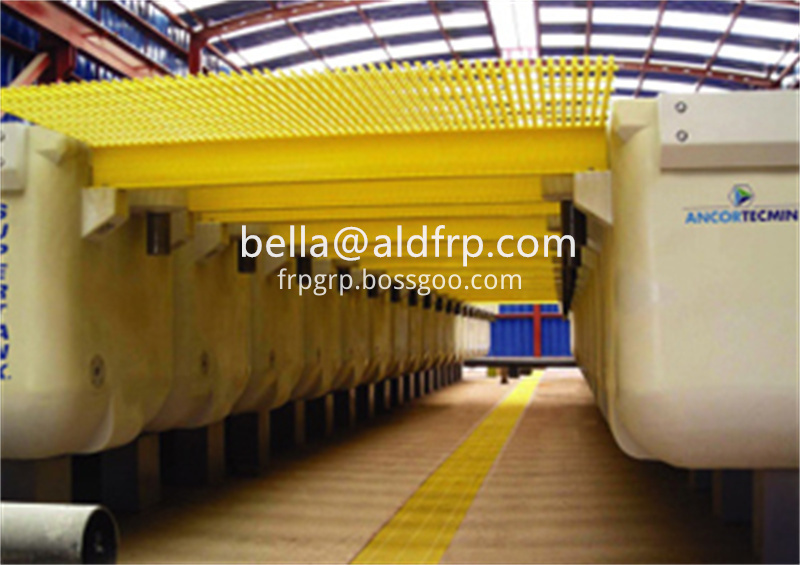
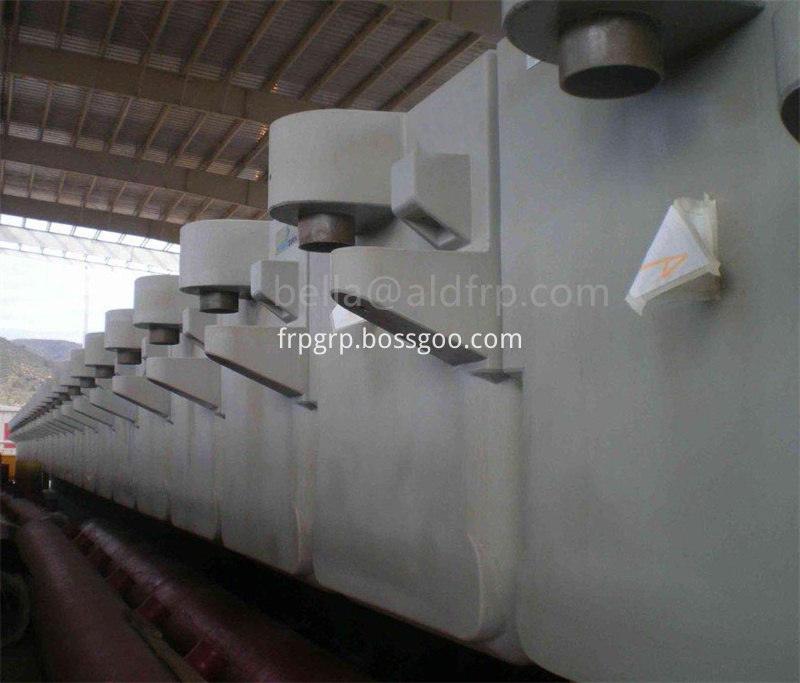

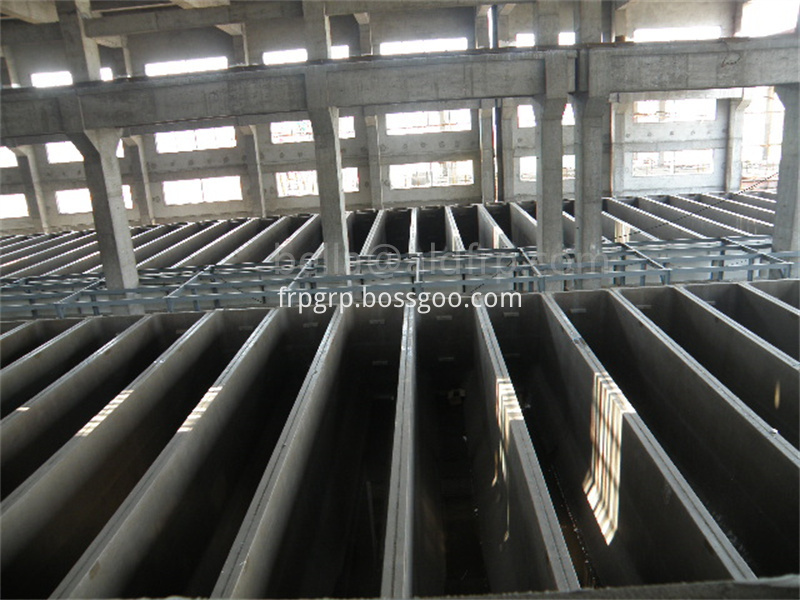
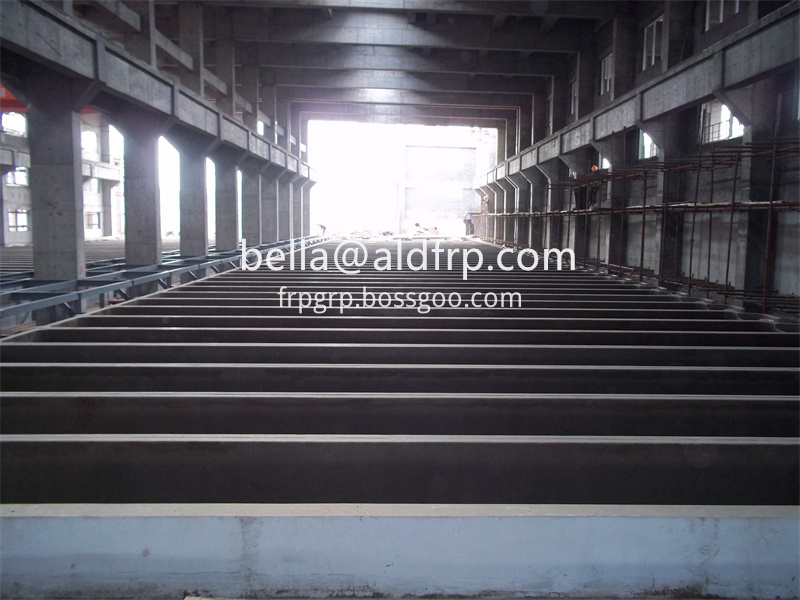
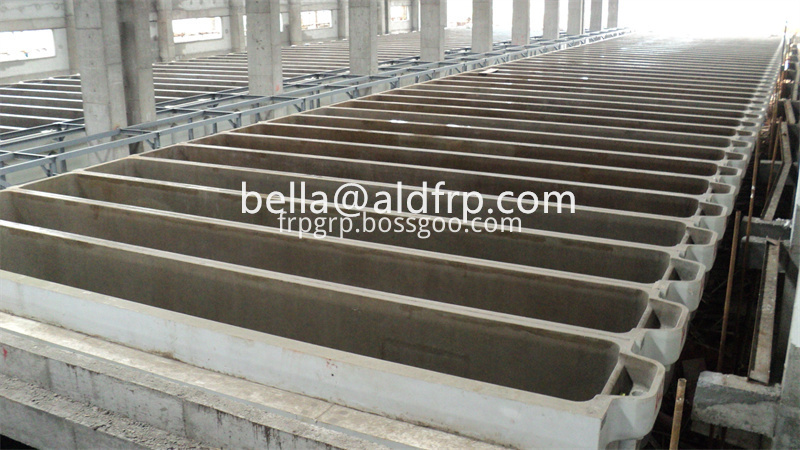
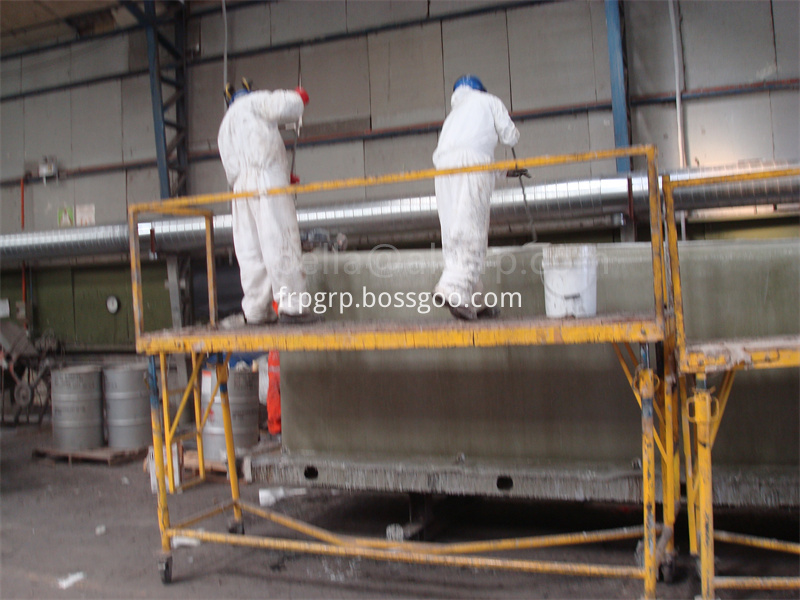
Polymer Concrete Electrolytic Cell,Electrolytic Cell Nickle,Electrolytic Cell Nickle Refining Tanks,Electrolytic Cells of Electroplating Equipment
Hebei aoliande Chemical Equipment Co., Ltd , https://www.aoliandechemical.com